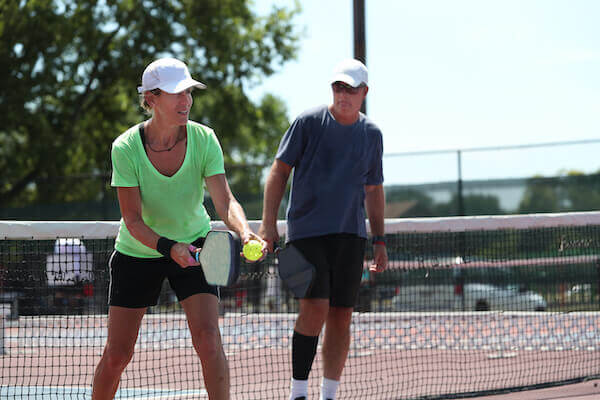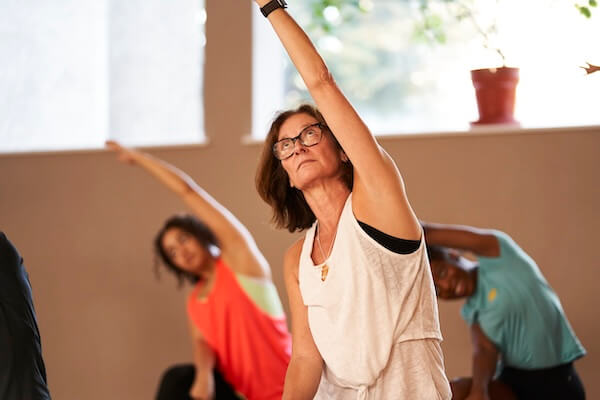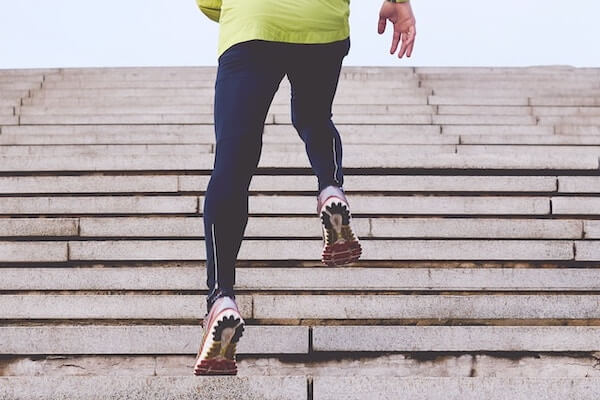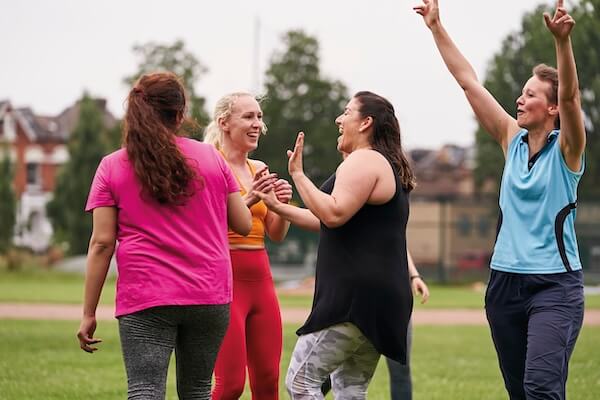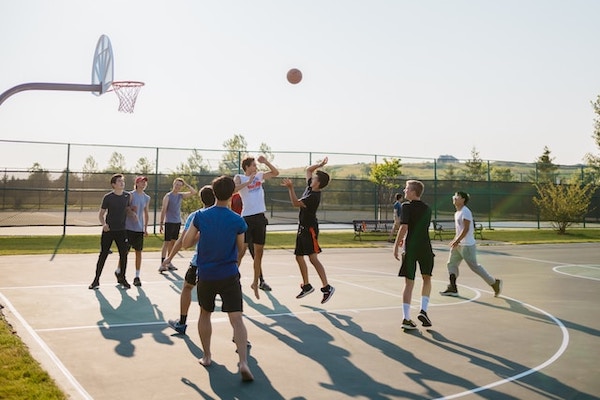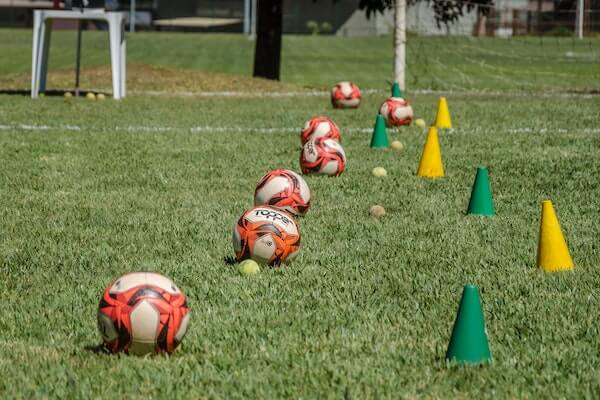
Ball control is a fundamental skill in soccer that can greatly impact a player's performance on the field. The ability to manipulate the ball with precision and finesse allows players to maintain possession, create scoring opportunities, and outmaneuver opponents. While regular team training sessions are essential, practicing ball control drills at home can further enhance a player's skills. In this article, we will explore a range of effective soccer drills that can be easily practiced in the comfort of your own backyard or living room. These drills will help develop your touch, improve your first touch, and enhance your overall ball control abilities.
Drill 1: Wall Pass - Enhancing Passing Accuracy and Control
One of the most effective exercises for improving passing accuracy and control is the wall pass drill. With just a sturdy wall and a soccer ball, you can enhance your skills from the comfort of your own home. This drill not only sharpens your passing abilities but also enhances your first touch and overall ball control.
To begin, find a suitable wall that can withstand the impact of the ball. Position yourself about five to ten feet away from the wall, adjusting the distance based on your skill level and comfort. Stand facing the wall with the ball at your feet.
Using the inside of your foot, pass the ball against the wall, ensuring accuracy and control. The aim is to receive the return pass with your first touch. As the ball rebounds back to you, be prepared to control it swiftly and efficiently.Start the drill at a moderate pace, focusing on precise passing and maintaining control upon receiving the ball. Gradually increase the speed and intensity of your passes, challenging yourself to react quickly and make accurate first touches. This will help simulate game situations where you need to pass and receive the ball under pressure.
To further enhance the drill, you can incorporate variations such as one-touch passes, using alternate feet for passing and receiving, or practicing to receive the ball with different parts of your foot. These variations will help improve your versatility and adaptability on the field.As you progress, aim for consistency in your passes and receptions. Strive to maintain a fluid rhythm while ensuring that each touch is controlled and deliberate. This drill not only hones your technical skills but also enhances your spatial awareness and decision-making abilities.
Regularly practicing the wall pass drill will help you develop a higher level of passing accuracy and control. Additionally, it will increase your confidence in passing and receiving the ball, enabling you to become a more influential player on the field. Remember, repetition is key to mastery. Dedicate regular time to
this drill, gradually increasing the difficulty and intensity as
you improve. By incorporating the wall pass drill into your home
training routine, you will undoubtedly enhance your ball control
skills, making you a more valuable asset to your team during
matches.
Drill 2: Cone Dribbling - Enhancing Close Ball Control and Agility
When it comes to improving close ball control and agility, the cone dribbling drill is a go-to exercise. With just a few cones or markers and a soccer ball, you can transform your backyard or any open space into a training ground that will significantly enhance your skills.
To begin, set up a line of cones or markers spaced about one to two feet apart. The closer the cones are placed, the more challenging the drill becomes. This exercise is designed to push you to maintain control of the ball while maneuvering through tight spaces.Start by dribbling the ball through the cones, focusing on keeping it as close to your feet as possible. This requires using delicate touches and precise footwork. As you navigate through the cones, be mindful of using both feet to control the ball. This will help develop your ambidexterity and ensure that you are comfortable with both your dominant and non-dominant foot.
Additionally, make use of different surfaces of your foot to manipulate the ball. Practice using the inside, outside, and sole of your foot, allowing you to change direction quickly and maintain control in varying situations on the field.As you become more comfortable with the drill, challenge yourself by increasing the speed at which you dribble through the cones. This will test your ability to maintain control and make split-second decisions while under pressure. Remember, the goal is not only to navigate through the obstacles but to do so with precision and finesse.
Furthermore, focus on maintaining balance throughout the drill. Keep your body low and centered, using slight adjustments in your body position to maintain stability as you change direction. This will improve your overall agility and help you maintain control even in challenging situations.The cone dribbling drill is especially valuable for improving your ability to maneuver the ball in tight spaces. It simulates game scenarios where you may face opposition players or limited areas to work with. By practicing this drill regularly, you will become more adept at keeping the ball close, evading defenders, and creating scoring opportunities for yourself and your teammates.
Remember to vary the layout and arrangement of the cones to add further complexity to the drill. You can create different patterns, curves, or even incorporate sharp turns. This will keep the exercise fresh and continuously challenge your skills.
Drill 3: Juggling - Enhancing Coordination, Touch, and Ball Control
Juggling is a timeless and effective drill that has been used for generations to improve coordination, touch, and overall ball control. This individual exercise can be practiced virtually anywhere and provides numerous benefits to players of all ages and skill levels.
To begin, gently toss the ball into the air using one hand. As the ball reaches its peak, use various surfaces of your body—such as your feet, thighs, chest, and head—to keep the ball airborne. The objective is to maintain continuous touches without allowing the ball to touch the ground.
Initially, focus on developing a rhythm and comfort level with the drill. Start with a few consecutive touches, gradually increasing the number as you become more proficient. As you gain confidence, challenge yourself to reach new heights by setting personal goals for consecutive touches or exploring different juggling patterns.
Experiment with different techniques and rhythms to further enhance your juggling skills. Try alternating between different surfaces of your body, such as using only your feet for a set number of touches before incorporating your thighs or head. This variety will not only improve your touch but also enhance your coordination and adaptability.


